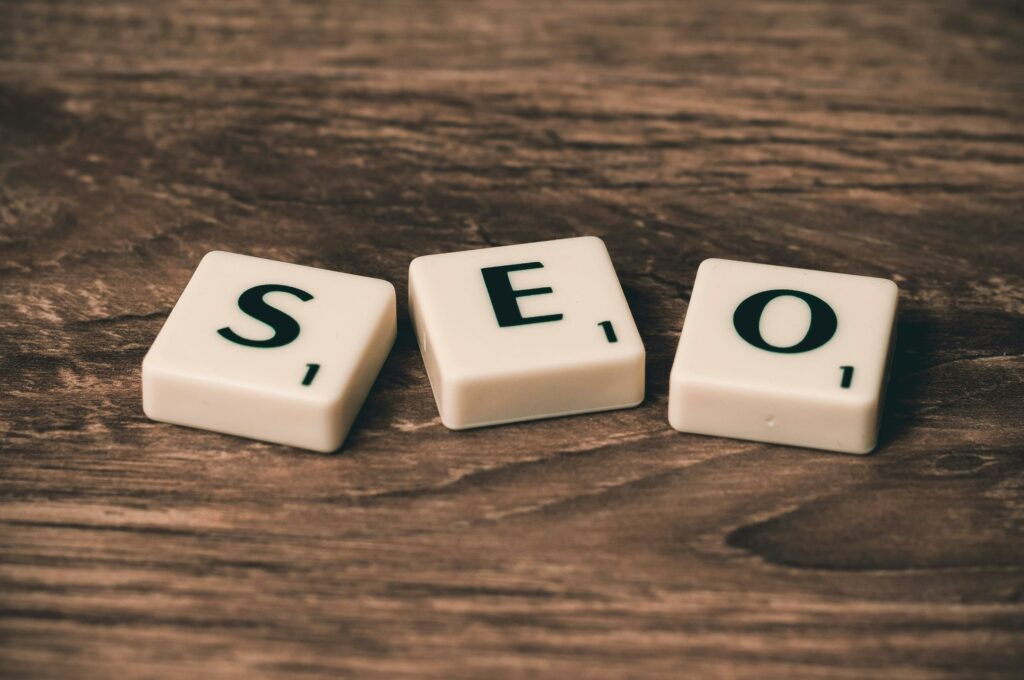Key Takeaways
- Understanding Both Approaches: Grasp the fundamental differences between traditional marketing, which utilizes print and broadcast media, and digital marketing, which leverages online platforms and data analytics.
- Cost Analysis: Recognize that traditional marketing typically incurs higher costs, while digital marketing offers more cost-effective alternatives, allowing flexible budget allocation and better ROI.
- Target Audience Precision: Traditional marketing reaches broad audiences but lacks precision, whereas digital marketing enables targeted outreach using analytics to engage specific demographics effectively.
- Engagement and Interactivity: Digital marketing fosters real-time engagement through interactive platforms, enhancing brand-consumer relationships compared to the more static methods of traditional marketing.
- Analytics and Adjustment: The ability to utilize real-time analytics in digital marketing allows for immediate adjustments and optimizations, significantly improving campaign performance over time.
- Longevity and Credibility: While traditional marketing enjoys established credibility and trust, digital marketing’s advantages in engagement and cost-efficiency position businesses to thrive in the modern marketplace.
In today’s fast-paced world, businesses face a crucial decision: stick with traditional marketing methods or embrace the digital revolution. Traditional marketing, encompassing print ads, billboards, and TV commercials, has long been the go-to strategy for reaching consumers. However, as technology evolves, so do the preferences of audiences.
Digital marketing has emerged as a powerful alternative, leveraging social media, search engines, and email campaigns to engage potential customers. It offers real-time analytics and targeted outreach, making it easier for brands to connect with their audience. Understanding the strengths and weaknesses of both approaches is essential for any business looking to thrive in a competitive landscape.
Traditional Marketing vs Digital Marketing
Traditional marketing encompasses established methods that promote products and services through various print and media channels. This approach remains relevant for businesses seeking broad audience reach and brand recognition.
Definition and Key Features
Traditional marketing involves strategies that do not rely on the internet or digital technologies. Key features include:
- Tangible Advertisements: Print ads in newspapers and magazines showcase physical products and services.
- Broadcast Media: TV and radio commercials deliver visual and auditory messaging to large audiences.
- Direct Mail: Postcards and brochures sent to targeted demographics engage potential customers personally.
- Outdoor Advertising: Billboards and transit ads capture attention in high-traffic areas.
- Event Sponsorships: Physical presence at events allows brands to interact directly with potential customers.
Common Methods and Channels
Common methods and channels used in traditional marketing are:
- Print Media: Newspapers and magazines serve as platforms for ads, press releases, and articles.
- Television: Commercials during programming attract viewers with engaging visuals and narratives.
- Radio: Audio advertisements target listeners during commutes or leisure time.
- Telemarketing: Direct calls to consumers promote products and gather feedback.
- Billboards: Large outdoor advertisements capture the gaze of pedestrians and drivers alike.
These methods enable brands to maintain visibility and establish a diverse marketing strategy inline with their overall objectives.
Overview of Digital Marketing
Digital marketing encompasses strategies that promote products and services through online platforms. It includes a range of techniques that leverage the internet’s capabilities to connect with consumers effectively.
Definition and Key Features
Digital marketing refers to all marketing efforts that use the internet or an electronic device. Key features include:
- Data-Driven Strategies: Digital marketing relies on data analytics, allowing brands to evaluate performance in real-time.
- Targeted Campaigns: Brands can focus on specific demographics, leading to higher engagement and conversion rates.
- Diverse Formats: Content can be delivered in various formats, including text, video, and images, catering to different audience preferences.
- Cost-Effectiveness: Compared to traditional methods, digital marketing often requires lower budgets while offering a broader reach.
- Enhanced Interactivity: Digital platforms facilitate two-way communication, enabling brands to engage directly with consumers.
Common Methods and Channels
Digital marketing employs various methods and channels to reach audiences. Common methods include:
- Social Media Marketing: Engaging users on platforms like Facebook, Instagram, and Twitter to build brand awareness.
- Search Engine Optimization (SEO): Increasing website visibility on search engines through organic search results.
- Email Marketing: Sending targeted messages directly to consumers’ inboxes, promoting products or services.
- Pay-Per-Click (PPC) Advertising: Running ads on search engines and social media, only paying for clicks received.
- Content Marketing: Creating and sharing valuable content to attract and retain audiences.
These digital methods provide businesses with opportunities to engage more effectively with their target markets.
Traditional Marketing vs Digital Marketing: Key Differences
Traditional marketing and digital marketing differ significantly in their approaches and effectiveness. Below are key distinctions regarding cost effectiveness and target audience reach.
Cost Effectiveness
Traditional marketing typically involves higher costs due to expenses related to print ad production, TV and radio airtime, and billboard placements. Businesses face ongoing costs for physical materials and long-term contracts, which can strain budgets, especially for smaller companies.
Digital marketing offers a more cost-effective alternative. Techniques like social media advertising, SEO, and email campaigns require lower upfront investment and often yield better ROI. Businesses can allocate budgets flexibly and adjust campaigns based on performance data, minimizing wasted resources.
Target Audience Reach
Traditional marketing excels in broad audience reach through established channels like television, radio, and print media. However, these methods can lack precision, resulting in reduced engagement and higher marketing waste. Brands may struggle to connect effectively with target demographics.
Digital marketing thrives on targeting specific audience segments via data analytics. Techniques such as pay-per-click (PPC) advertising, social media targeting, and personalized email campaigns enable businesses to reach audiences based on interests, behavior, and demographics. This allows for improved engagement, higher conversion rates, and clearer customer insights.
Advantages of Traditional Marketing
Traditional marketing presents several advantages that continue to benefit businesses. These advantages include tangible materials and established practices, which play crucial roles in brand visibility and consumer trust.
Tangible Materials
Tangible materials, such as brochures, flyers, and business cards, provide physical items that consumers can touch and retain. These materials foster a sense of tangibility that digital ads often lack. Tangible materials can effectively capture attention during events, trade shows, or face-to-face meetings. Brands can create lasting impressions by distributing prominent and visually appealing materials that represent their products or services.
Established Practices
Established practices associated with traditional marketing lend credibility to brands. Methods such as television commercials, radio ads, and print advertising have stood the test of time, building a solid reputation in various industries. Familiarity with these practices creates an inherent trust, as consumers often perceive traditional marketing as more legitimate. Furthermore, brands leverages established media channels, which have broad audiences, to reach larger demographics. The reliability of traditional marketing channels can strengthen brand recognition and consumer loyalty.
Advantages of Digital Marketing
Digital marketing offers numerous benefits, positioning businesses to thrive in today’s fast-paced environment. These advantages enhance brand visibility and engagement with target audiences.
Real-Time Analytics
Real-time analytics in digital marketing provide immediate insights into campaign performance. Businesses can track metrics such as website traffic, conversion rates, and audience behavior instantly. For example, tools like Google Analytics allow marketers to adjust strategies based on live data, optimizing campaigns for better results. This immediacy ensures more accurate decision-making and resource allocation. Companies can quickly identify successful tactics and areas needing improvement, leading to ongoing refinement of marketing efforts.
Greater Engagement Opportunities
Greater engagement opportunities stem from digital marketing’s interactive nature. Platforms such as social media, email, and websites enable two-way communication between brands and consumers. For instance, businesses can create polls, surveys, or comment sections to encourage customer feedback and participation. This engagement fosters community building and brand loyalty, as customers feel valued and heard. Additionally, targeted advertising ensures that the right messages reach the right audiences, increasing the likelihood of meaningful interactions and conversions.



